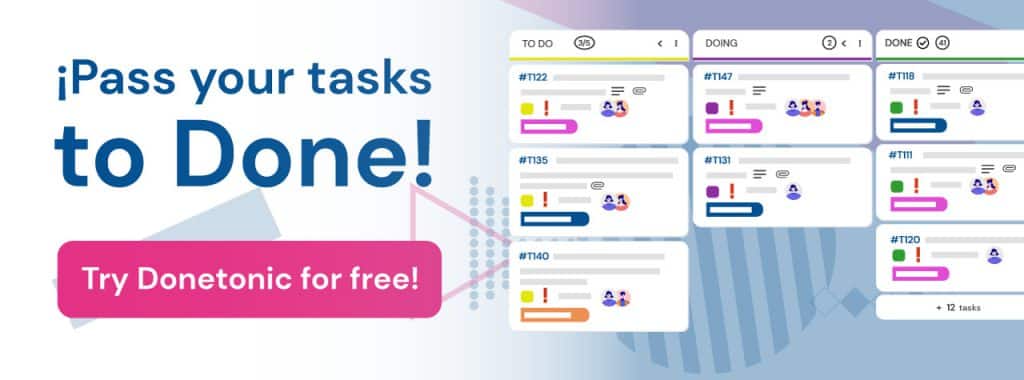Table of Contents
Both the Product Backlog and the Sprint Backlog are two artifacts of the Scrum framework, along with the Increment, and are intended to ensure transparency of key information.
The Product Backlog and the Sprint Backlog are related, as the latter cannot occur without the presence of the former. In addition, different members of the Scrum Team will be able to modify one or the other.
They are intended to show the elements or items necessary to develop an Increment that meets the “Done” conditions established in the Sprint Planning, and they must be clear and understandable to all members of the Scrum Team.
Product Backlog Definition
The Product Backlog is an ordered list of everything that is known and would be needed in the development of the product.

In other words, the Product Backlog is the only source of requirements to be applied for the good progress of the product.
It shows WHAT the product is.
It is an artifact of the entire Scrum Team, but the Product Owner is responsible for building it. He is in charge of managing its content, its availability and defining an order based on priorities.
The Product Backlog represents the product divided into small parts that are the increment of value.

Product Backlog Features
The main characteristic of the Product Backlog is that it is dynamic and lives depending on the product development; it is never complete: it starts collecting the already known requirements and evolves as the product and its environment evolve. These requirements are a series of elements or items in charge of giving value to the product. It is constantly changing and as long as the product development exists, the Product Backlog will also exist.
It is the Product Owner who is responsible for ensuring that the Product Backlog has the necessary items to be applied to the product for future deliveries.
The evolution of the Product Backlog will be given by the use of the product, because as the product is used and its value increases, therefore, the Product Backlog list will become longer, the requirements never stop changing and more items will be added to the artifact.
During Artifact Refinement, the details, estimates and order of the Product Backlog elements will be added: it is then that the Product Owner and the Development Team define the artifact elements, these changes must always be agreed upon.
The main function of the Product Backlog is to describe the work to be done on the product and it is important that the entire Scrum Team knows and understands it.

How to prioritize the Product Backlog in Scrum
As we have seen, the Product Backlog or Product Stack is a pile of elements or items, at the top of this pile will be more critical and therefore more priority and downwards will be ordered from most important to least important.
Sprint Backlog Definition
The Sprint Backlog is the set of Product Backlog elements that have been selected for a Sprint, therefore it cannot occur without the previous existence of a prioritized Product Backlog.
It is a prediction made by the Development Team on what functionality will be part of the next Increment, in addition to the work needed to meet the requirements defined to be considered “Finished”, here the Product Owner does not intervene.
It is the HOW the Product Backlog tasks will be developed.
The Sprint Backlog makes visible all the work that the Development Team considers essential to achieve the Sprint objective. To comply with the Scrum principle of continuous improvement, it is necessary that the Sprint Backlog has at least one high priority process improvement identified in the previous Sprint Retrospective.
The Sprint Backlog is usually represented on a task board, so that the entire team knows which tasks are assigned to them and where they are in their development.

Changes during the Sprint
During the Sprint, the Development Team will be responsible for modifying the Sprint Backlog, and it happens because as they work on what was previously planned, they learn more about the work needed to achieve the Sprint Goal or objective of the Sprint.
Each time the Development Team requires new work, it will add it to the Sprint Backlog and as the work is executed, it updates the estimate of remaining work and also takes care of eliminating those elements considered unnecessary. These changes in the Sprint Backlog are made during the Sprint.
Conclusions
After knowing the two concepts of these two Scrum artifacts we can conclude the following:
- The Product Backlog is created by the Product Owner together with the Development Team, but only the Product Owner can change the items or elements that make it up and it consists of a prioritized list of items.
- The Sprint Backlog includes the items to be developed in a Sprint to achieve the agreed Incremental Value in the definition of “Completed” and can only be modified by the Development Team during the Sprint as it progresses.
- The Product Backlog shows WHAT will be developed and the Sprint Backlog shows HOW.



